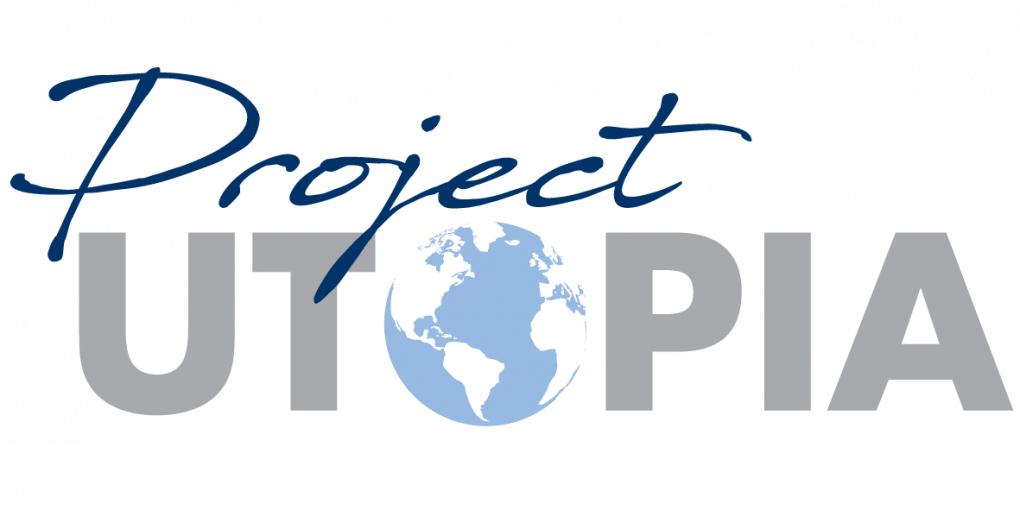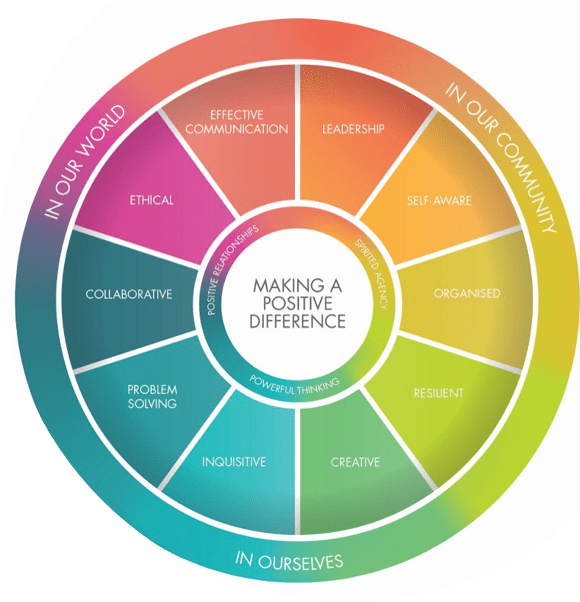“Utopia Project” (PART A)
“YOO-TOH-PEE-A”
Definition: A utopia is an imagined community or community that possesses highly desirable or nearly perfect qualities for its citizens
Based on your learning from:
- Reading “The Giver”
- English activities on the elements of a “Utopian” community
- Listening to other students speak of their research on Utopian societies
- Your own individual research and learning
YOUR TASK:
To design your own “Utopian” community applying liveability factors and your research.
STEP ONE:
Complete the plan for your community.
| Part 1: Geography | |
| What is the name of your Utopian community? | |
| Where on Earth is it located? Why is it located there? | |
| How many people live within your community? | |
| Part 2: Climate | Climate is one of the most important factors affecting the liveability of a place. |
| Describe the climate. | |
| How does the climate affect different aspects of livability in your community? | |
| Part 3: Healthcare & Education | In general, people living in the world’s most liveable cities have access to good health care services. They also have access to a range of schools and other education facilities |
| How are people cared for in your Utopia? | |
| What sort of education facilities are available? | |
| Describe schooling in your community. | |
| What do students learn about? | |
| Part 4: Safety & Stability | Safety and stability are two of the most important factors linked to the liveability of a place. More than most other things, people value feeling safe and stable in their homes. |
| How is my community going to be safe? | |
| How is my community going to be stable? | |
| Part 5: Environmental Quality | Environmental quality can refer to a number of characteristics relating to the natural or built environment |
| How will your community manage environmental quality? | |
| Part 6: Infrastructure | The availability of services and facilities help make a place more liveable |
| How will community members get around in your Utopia? | |
| What sorts of services will be available? | |
| Part 7: Community (How will you build a community) | This is linked to subjective factors of liveability – personal likes & dislikes; feelings of connection to others. They are also linked to beliefs, traditions and spiritual connections to places. |
| What holidays and celebrations will be celebrated in your community? | |
| What, (if any) spiritual beliefs are included in your community? Why are these important/not important? | |
| What do members of your community do for fun? |
STEP TWO:
Imagine you were designing and planning a “perfect society” as the Elders did in The Giver and from what you have learned in Humanities.
Incorporating the factors of liveability, what questions could you create to help guide your research to find the most innovative programs from around the world.
- Education
- Health
- Safety & Stability
- Infrastructure
- Environmental Quality/Sustainability
- Climate
- Subjective Factors such as building community
| OVERALL QUESTION: |
| Sub questions: |
STEP THREE:
Draft your community in a map on A3 paper. This design must be based on (and including) the decisions you have made above. Remember to include the objective and subjective factors of liveability.
Requirements:
- Use the entire piece of paper
- Use colour
- Organised and neat
- Accurate to your table in STEP ONE.
- Ensure you include a key to your “Utopia” on your draft map
STEP FOUR:
Create your “Utopia”. This can be done by using Cospaces, Lego, Tinkercad, 3D Models, SketchUp, Minecraft, Prezi or some other physical or technological tool.
Please ensure you have checked with your teacher prior to beginning your physical “Utopia” to ensure it is appropriate.
STEP FIVE:
Using recording software – record a “flyover” of your “Utopia” explaining the liveability factors included and explaining your choices
Students will create their own version of Utopia either as a physical model or online. These will be shared with others on Grandparents and students will be offered the opportunity to participate in the Game Changer Awards 2021.
The Action/Time Plan outlines what you need to complete as part of your project to determine where you are up to.
In this space you can record learning reflections throughout the project










